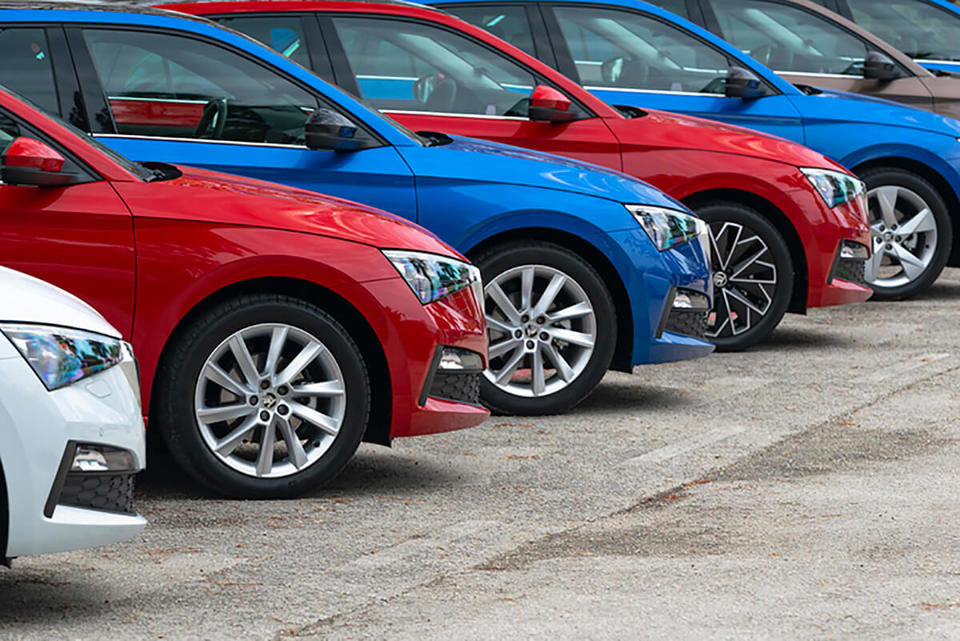A major UK fleet with 650 commercial vehicles and 307 passenger cars cut the emissions from its new company cars from an average of 148g/km to 123g/km in just over a year. It achieved this despite widening the choice of cars on its policy and allowing drivers to upgrade their cars.
When all the cars on the four-year replacement cycle, which are provided on an outsourced contract hire service from Lex Autolease, are changed the company says it will have cut emissions by 17% - the equivalent of reducing its fleet by 52 cars.
Following a strategic review, Otis introduced a policy to cut CO2 emissions by 15% from the 148g/km it was achieving across its fleet.
But the fleet was also coming to attention of management for another reason – staff were unhappy about the choice of vehicles offered in one of the four grades.
“We also reviewed employee satisfaction and deduced that we could improve on the offering of cars,” explained Keith Ball executive director Otis limited.
“We reviewed costs looking at the total cost of ownership so including things like National Insurance and the actual cost of travel over the 20,000 miles each car covered annually and we identified a wide variance in costs – as high as £1,000 per annum.”
So the company introduced a cap on CO2 at 139g/km across its entire fleet of diesel-only cars.
“By capping at this level we noticed NI was costing us less, the employees’ BIK costs were also less and the vehicles were achieving a higher mpg,” explained Ball. “So we enabled some employees to effectively upgrade to a more expensive car at no cost to the business.”
Many employees opted for cars significantly below the 139g/km limit, taking the average for the 150 cars that have so far been replaced to just 123g/km – the equivalent of taking 25 vehicles off the fleet.
The cap is linked directly to the HMRC benefit-in-kind tax scale, which will be reduced in 5g/km increments annually. Therefore next year the cap will drop to 134g and then in 2012 to 129g and so on.
Excelsior & Oakland is also exploring zero-emission vehicles with Lex Autolease, although it is not yet convinced of the ability of electric vehicles to meet its needs.
The company is also still saving money despite allowing employees to opt for more expensive cars. This is because they are more economical, says Ball, so whole-life costs are lower.
The average fuel consumption across the fleet in October 2008 was 53.4mpg; this has increased to 58.4mpg.
“The money we have saved we have re-invested into the business enabling employees to select a better vehicle.”
Management have led this initiative. They too have downsized their vehicles bringing them inline with the new caps.
“We introduced CO2 caps to all the grades, and in fact senior management faced the biggest reduction,” explained Ball. “Managers have to be onboard to make this work. I designed the policy and presented it and it was subject to the same rigorous process, and what we found was that our CO2 targets were met”
According to Lex Autolease, of all its fleet managed customers within corporate sales, Otis has the best CO2 rating – it is number one out of 21.
"Working closely with the customer on their targets helped us to focus our energies on driver ordering behaviour and driver awareness of the environment with green incentives,” said a spokesman for the lease company. “As a result we are already seeing the benefits that we were expecting to see much further down the line.”
For help in calculating the running costs of your fleet, have a look at the fleet news running costs calculator
















Login to comment
Comments
No comments have been made yet.